New USGBC Report Discusses LEED’s Impacts and Innovations
This past year has witnessed tremendous growth in the field of green design. Innovation and impact on a global scale with LEED projects can’t be denied. The most recent report from the U.S. Green Building Council (USGBC) provides an in-depth overview of the gains made in green design over the past year as well as the direction it will be continuing to take in the coming years.
Several key milestones were cited in the report but perhaps the most insightful is the revelation that in 2012 and 2013, close to 89% of green industry professionals reported using at least one green product in new construction projects. This fact influences the resolve that over time green buildings yield lower operating costs. That variable alone is re-shaping the mindset on what it truly means to build “green.” Property managers are increasingly pushing the issue of operating costs to developers when it comes to building construction. The report reveals that this factor is being taken more into consideration by developers in order to forge stronger ties with property managers for future projects.
Additionally, the report specifies that when it comes to the biggest driver for building green, is client demand, which hovers around 35% with market demand coming in closely behind at 33 percent.
Lastly, the international growth of building green will see exponential growth. The USGBC report shares how many LEED certified firms anticipate that upwards of 60% of their projects will be green, projected as far out as 2015. Leading in the global arena is South Africa, where LEED firms there predict that their green building projects will triple through 2015. Germany, Norway, and Brazil expect to double their green building projects and the U.S. is estimating that slightly over 30 percent of their new building projects will be green.
Overall, USGBC report ushers in new insight into where the LEED industry is going in the near future, while highlighting major benchmarks that were met in 2013. Put further in perspective, the green building industry is growing more robust while reshaping the blueprint for an environmentally sound foundation in construction design.

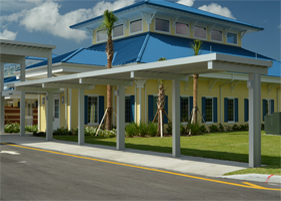

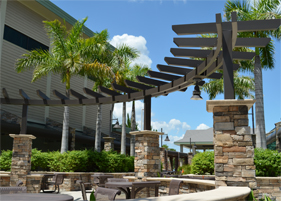
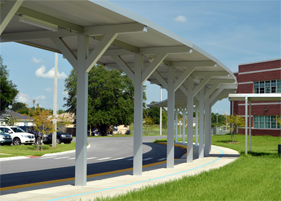
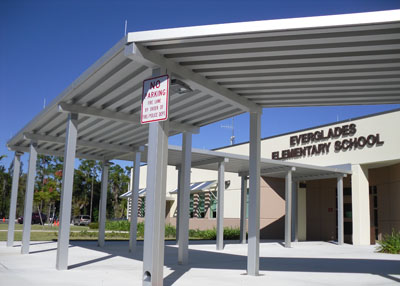


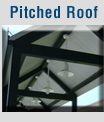

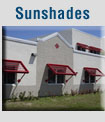

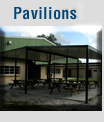
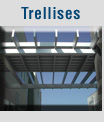
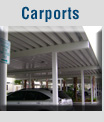
Comments are closed.